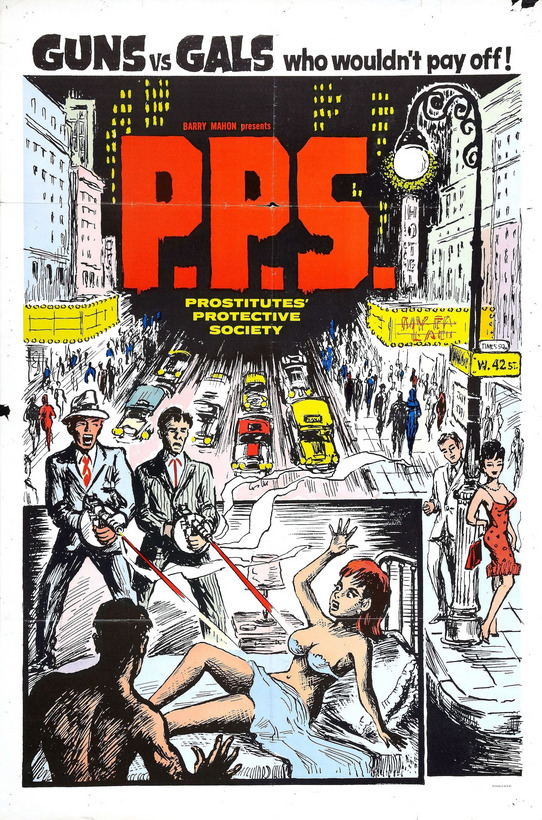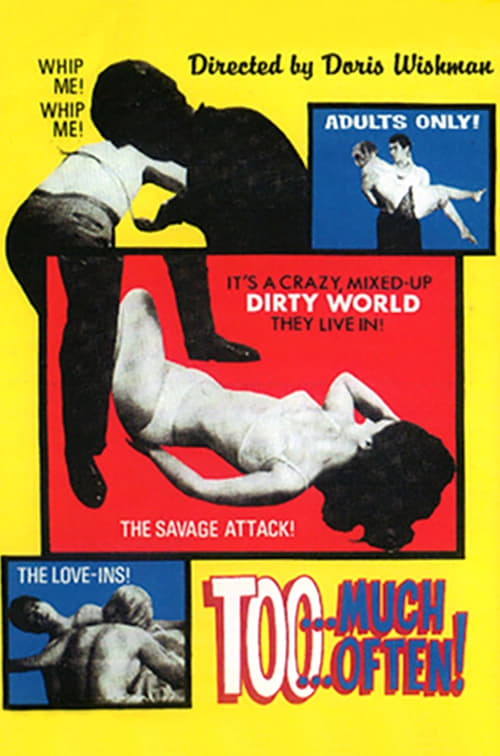Undefeatable (Ho, 1993)

Godfrey Ho is best known for his cut-and-paste style movies, taking pre-existing footage and adding new scenes (usually ninja-related) and releasing them as a new feature, so it's probably a little weird that most of what I've seen from him so far hasn't been in that style. Ninja Terminator very much is in that vein, but The Dragon, The Hero, Princess Madam and this have been entirely his babies, although how well the plots have hung together has varied. He's also been known for being a not very good director, but all the ones I've seen so far have been pretty enjoyable, offering a steady stream of enjoyable action in between the more questionable narrative elements. This one probably holds together the sturdiest, but also has the most... questionable plot of all of them. It's also the least fast paced, lacking the breakneck speed of the other Hong Kong produced movies and perhaps having more in common with North American DTV features.
That's an area that I haven't delved too deeply into, although there are similarities with Tiger Claws, which I just watched a couple of days ago. The most obvious are the presence of Cynthia Rothrock as well as the serial killer plots, although the one here is a lot sleazier. Here, the killer is motivated by rage at his mother for abandoning him, which he channels into abusing his wife, who then leaves him so then starts torturing and murdering random women who resemble her. In Tiger Claws you get a couple of reasonably atmospheric murder scenes but nothing too upsetting (which is helpful because we have to buy the villain undergoing a moral reckoning in the superior Mortal Kombat inspired sequel, which would be harder to accept if the movie went overboard in this department). Here, we get a scene where we cut between the killer raping his wife and him fighting in the ring (although I suppose the movie is right to equate sexual assault to violence), and a series of sexualized torture sequences where the killer chains women in a warehouse. The pungency of these scenes definitely disrupts whatever lighthearted enjoyment you were hoping to get out of a DTV martial arts movie, although I must note that the rape scene is followed by the killer eating a steak, and it also turns out that he doesn't actually lock the door to the warehouse.
So that stuff is maybe hard to take, but action-wise, there's stuff to enjoy here. Cynthia Rothrock plays a waitress who earns some extra money by participating in an underground fighting ring, who gets involved in finding the killer after he murders her sister. She's part of gang who wears matching leather jackets, and the preludes to the fight scenes have a real Sharks vs Jets energy. One of her opponents shows up with football shoulder pads, which seems like cheating, and also brings along his wife, who is wearing a bizarrely out of place floral dress. Rothrock also has a scene where she's jogging in a denim vest with a ribbon in her hair, which is a weird outfit for a grown adult to wear, but serves as one of the movie's sartorial highlights. Yes, I know I was gonna talk about the action but this is very important.
Action-wise, this probably moves at 60% of the speed of Ho's Hong Kong movies that I've seen, but by American standards, the fights are still pretty good. You do get decent injections of visual flair once the heroes start facing off with the killer. This is best known for the gruesome conclusion to the final fight (I'd seen the clip years ago on YouTube, where one of the commenters described the villain as an evil Michael Scott or something to that effect), and I think the movie nicely cranks up the pace of the combat so that the gore pays off the escalating intensity. But lest you think this movie is just sleazy and grim, the very last scene ends on a more cheerful note, with Rothrock and her friends giving up gang life and getting enrolled in college. Always nice to get a positive message at the end of your move.
__________________








